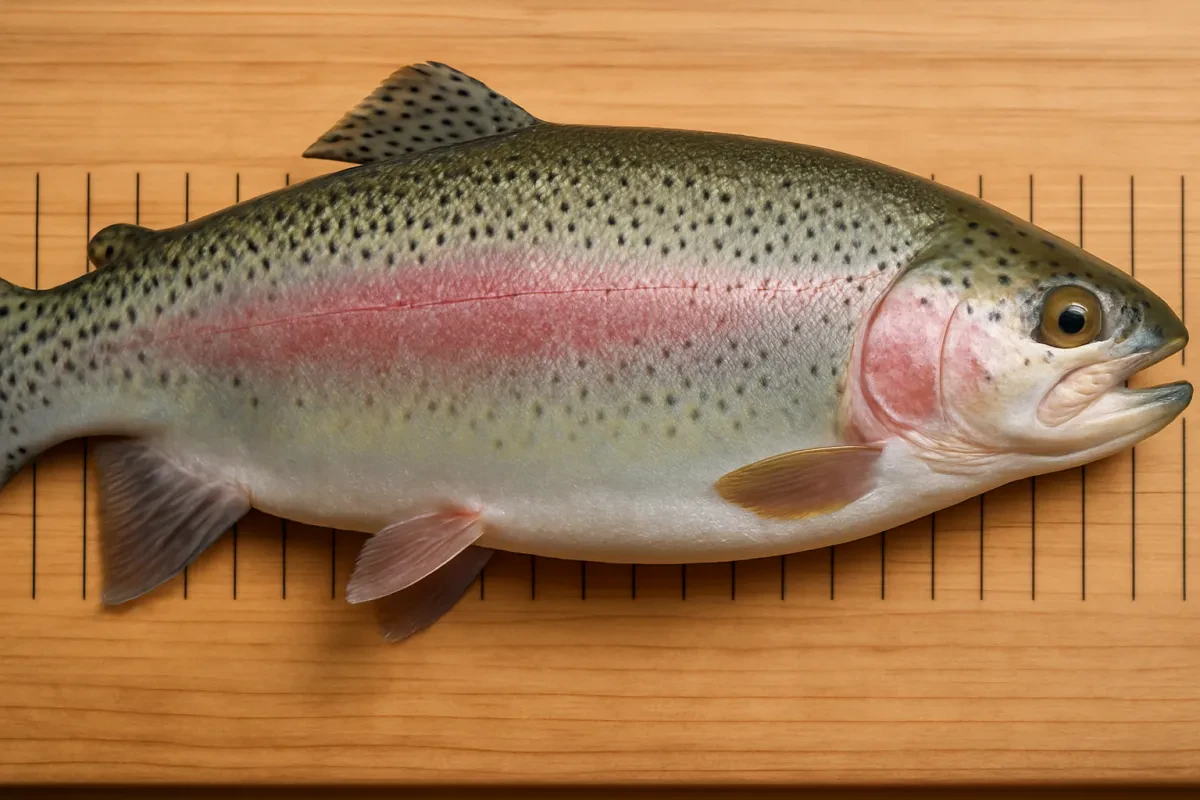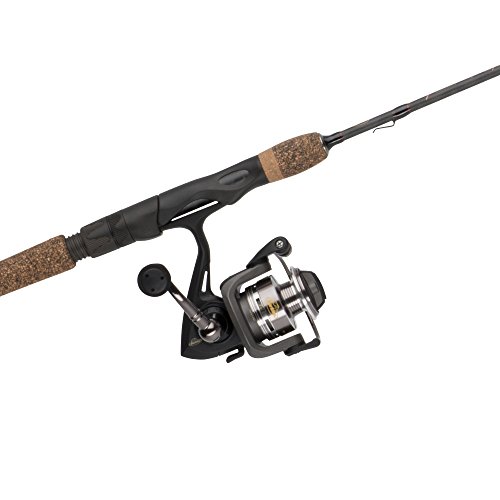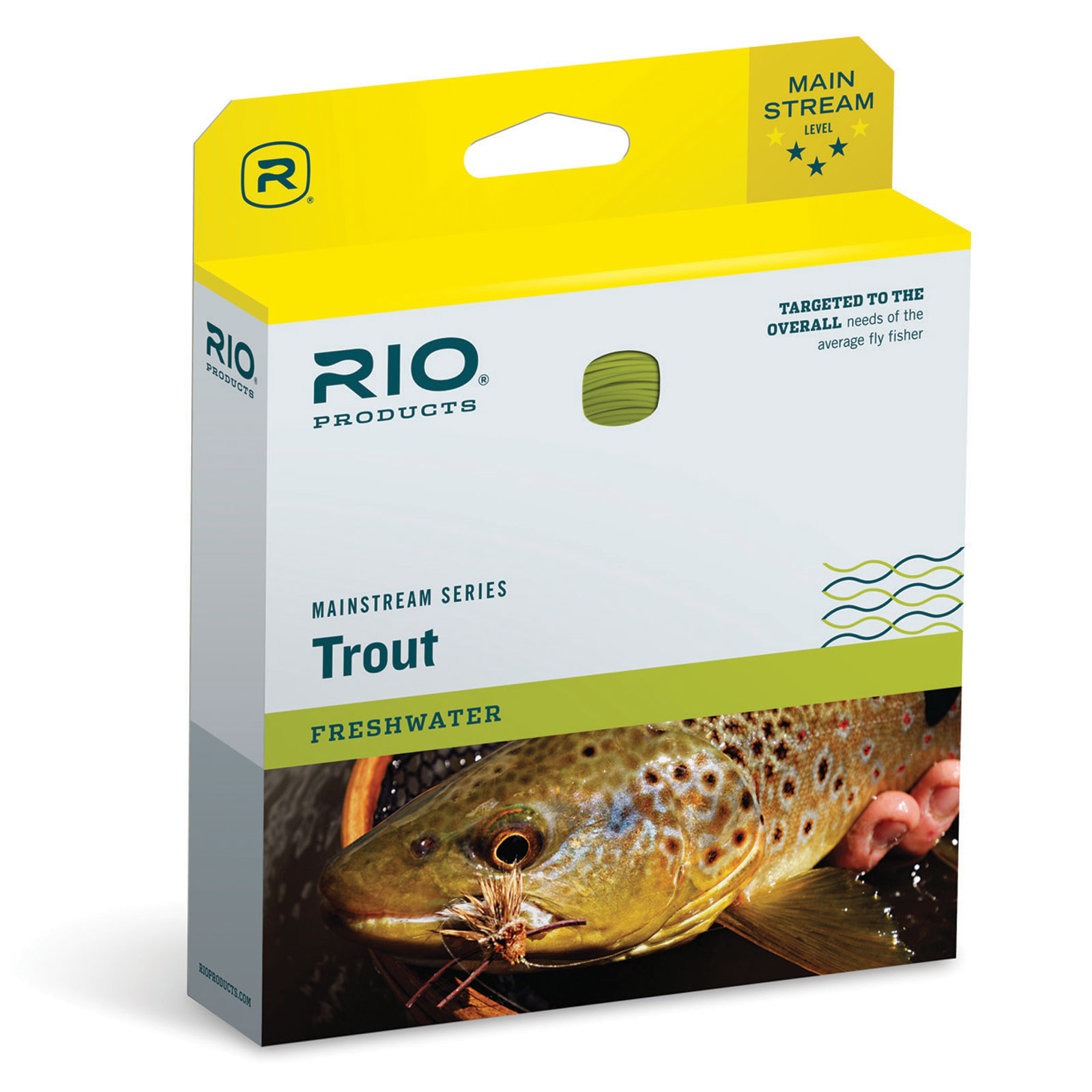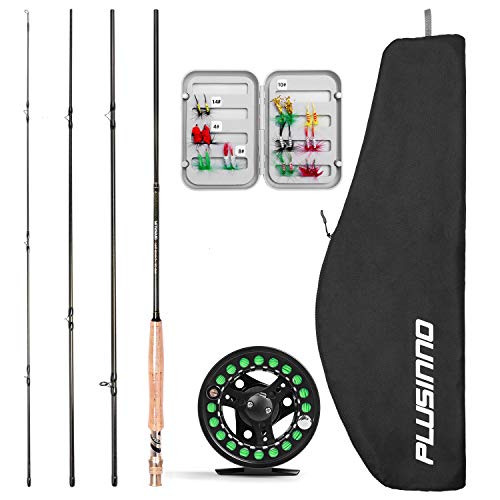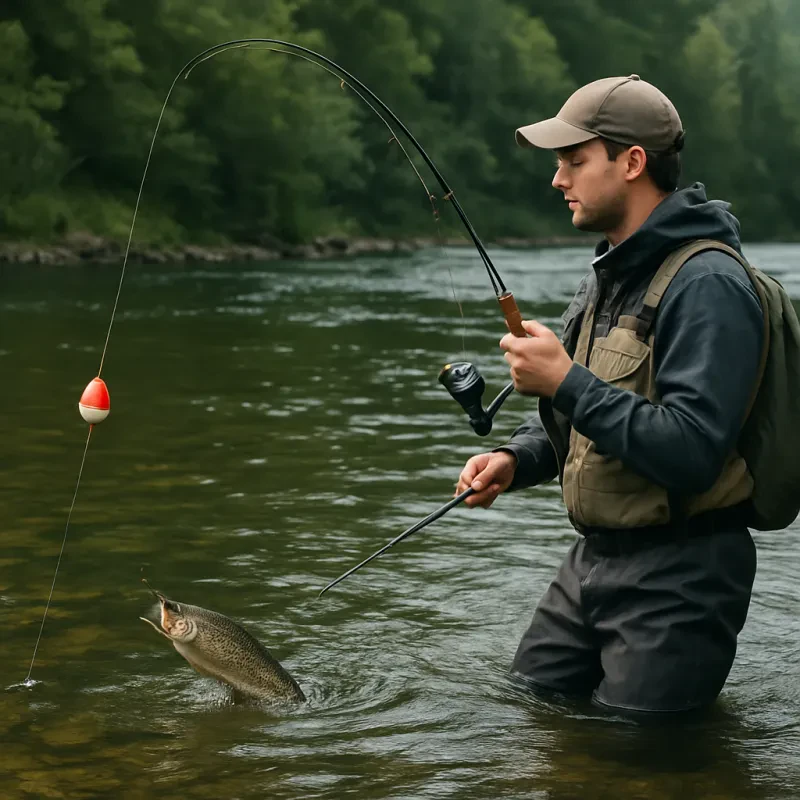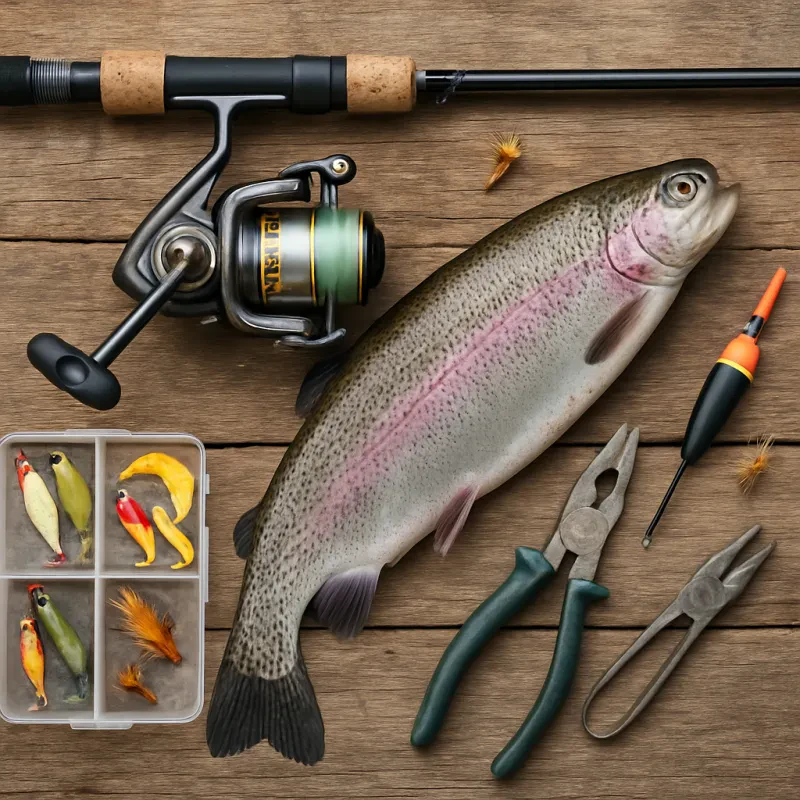When you think about fishing for rainbow trout, weight is a big deal. Understanding the average weight of rainbow trout can help you set realistic expectations and gear up properly. Generally, you'll find that rainbow trout average weight runs between 2 to 8 pounds in most rivers and lakes, especially in areas where they’re regularly stocked.
Of course, not all rainbow trout fit neatly into that range. Some lucky anglers reel in larger ones, often tipping the scales at 10 pounds or more. These bigger catches usually come from lakes or rivers where trout have easy access to plentiful food sources. If you’re aiming for a trophy-sized rainbow, keep an eye out for those hot spots where they thrive.
The growth rate of rainbow trout also plays a role in their weight. Factors like water temperature, food availability, and overall environment impact how quickly they pack on those pounds. In ideal conditions, you might see rainbow trout average weight jump up significantly. So, if you’re fishing in nutrient-rich waters, expect those fish to be on the heavier side!
For anglers, knowing the average weight can help in choosing the right tackle. Lighter gear works great for smaller trout, while heavier setups are better for those hefty ones. Always keep the rainbow trout average weight in mind when planning your fishing trip, so you can be ready for whatever comes your way!
Factors Affecting Rainbow Trout Weight
When it comes to the rainbow trout average weight, several factors play a significant role. Understanding these can help you better gauge what to expect during your fishing adventures. Let’s break down these key influences.
First off, age is a huge factor. Younger rainbow trout weigh less than their older counterparts. As they grow, they pack on the pounds, thanks to their diet and living conditions. Generally, the older the fish, the heavier it gets, so if you catch a larger trout, it’s likely older and has had more time to grow.
The environment also matters a lot. Rainbow trout thrive in clean, cold streams and lakes. If they live in a nutrient-rich area with plenty of food sources, they’ll grow bigger. Water temperature, oxygen levels, and habitat quality can affect their growth rate. For instance, a trout living in a well-stocked lake is likely to weigh more than one from a less resourceful stream.
Diet can’t be overlooked either. Rainbow trout are opportunistic feeders. They munch on insects, smaller fish, and aquatic worms. A rich diet helps them grow faster and heavier. If the food supply is plentiful, you can expect some nice catches when you head out.
Finally, fishing pressure can influence the size of rainbow trout in an area. Heavy fishing might mean more smaller fish left behind, while a catch-and-release policy can help older, heavier fish thrive. So, when you’re thinking about the rainbow trout average weight, keep these factors in mind. They can help you predict what you'll find on your next fishing trip.
RIO MainStream Trout Fly Line
Upgrade your fishing game with the RIO MainStream Trout Fly Line
Product information
$25.56
Product Review Score
4.94 out of 5 stars
202 reviewsProduct links
How to Weigh Your Rainbow Trout
Weighing your rainbow trout can be a fun and straightforward process. If you know how to do it right, you’ll get a good idea of the rainbow trout average weight, which can help with your fishing goals. Here’s a quick guide to help you out.
First, you need a good scale that can handle the weight of your catch. A digital fishing scale works best because they’re easy to read and often have handy features like a memory function. Look for one that can weigh at least 10 pounds. You want something that’s portable too, especially if you’re out on the lake.
Once you’re ready to weigh your fish, find a flat surface, like your boat or a clean area on the shore. Hang the scale and gently attach your rainbow trout using the built-in hook. Make sure your fish is secure but be gentle to avoid injuring it. When the scale is stable, check the reading. This gives you the rainbow trout average weight you need.
If you’re keeping some fish for dinner, make note of their weights. This can help you track how your fishing trips are going over time. Plus, it’s pretty rewarding to see how the size of your catches stack up!
Lightweight 4-Piece Graphite Fly Fishing Combo with Carrier
Perfect for Anglers On-the-Go
Product information
$59.99
Product Review Score
4.72 out of 5 stars
136 reviewsProduct links
Rainbow Trout Weight Range by Age
When it comes to rainbow trout average weight, understanding how their weight changes with age can really help you anticipate what to expect during your fishing trips. Let’s break it down by age groups to give you a clear picture.
In their first year, rainbow trout are still quite small. They typically weigh around 1 to 2 ounces by the time they hit the 4 to 6 inch mark. This is generally when they start getting some attention from anglers due to their feisty nature.
By the second year, these fish grow a bit faster. You can expect them to weigh around 6 to 12 ounces and grow to about 8 to 10 inches. This age range is perfect for catch-and-release fishing or a fun family day on the water.
As they reach their third year, rainbow trout can weigh up to 1 to 2 pounds and measure between 12 to 16 inches. This is when they really start to pack on the weight, and their striking colors make them a popular target for anglers.
Once they get to around four to five years old, rainbow trout can weigh anywhere from 2 to 5 pounds and can be 16 to 22 inches long. This is when you might start seeing those trophies on the line!
